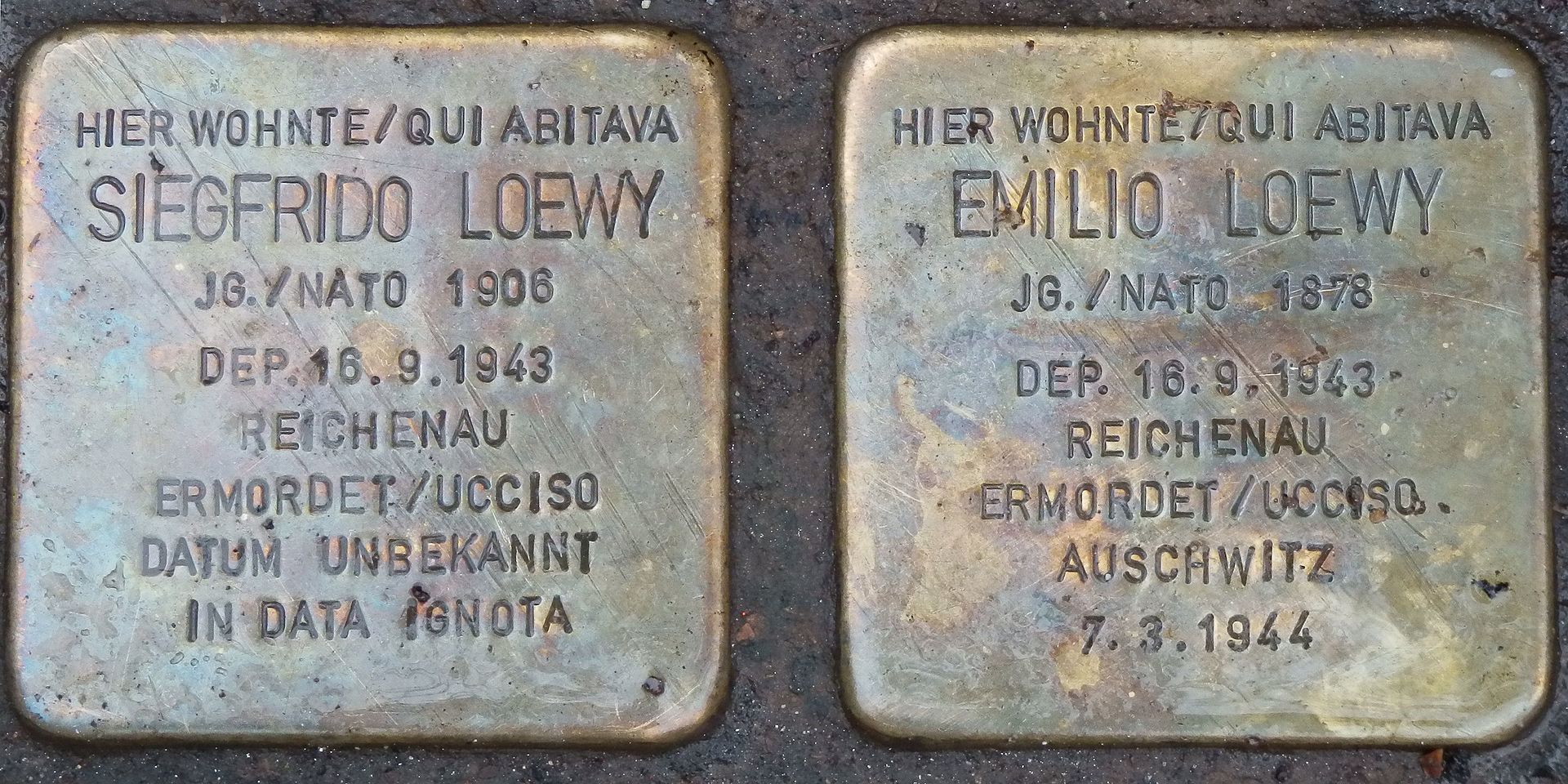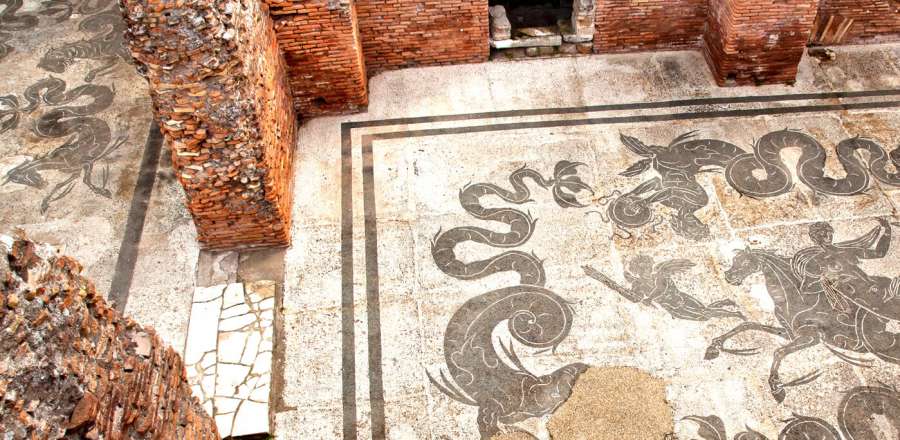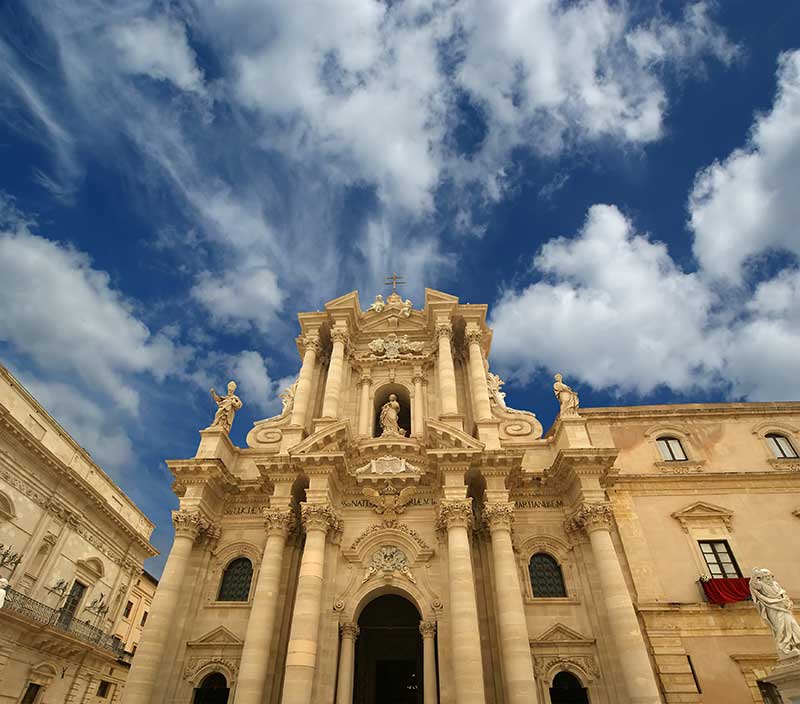Walk through Trastevere or along the Tiber River in Rome, explore the labyrinthine Cannaregio district of Venice or stroll down Viale Montegrappa in Reggio Emilia and you’ll spot something they all have in common; little brass cobblestones set into the sidewalk or outside an old door. And if you happen to bend down to look closer you’ll see that they’re engraved. “Qui abitava..,” here lived or “Qui è stato arrestato….” here was arrested, a name and a date. These are pietre d’inciampo and this is the story of how they help us to remember what we’d rather forget.
What are pietre d’inciampo?
In practical terms, a pietra d’inciampo, otherwise known as a stolperstein in German, is a brass plate embedded into a concrete cobblestone laid into the pavement or footpath. It’s purposefully lain so that the cobblestone is slightly proud from the surrounding sidewalk. And the cobble not only stands out visually, its bright brass glinting in the sunlight, but also physically as it is literally a block over which people will stumble or trip. Hence the name of stumbling block.
Over 56,000 of these little brass plaques have so far been laid around Europe in 18 different countries including Italy. And today the cobblestones have popped up in eleven different Italian towns and cities, with many locations having several, so chances are you will come across one sooner or later. The 50,000th pietra was laid in Turin, but just why are these pietre d’inciampo appearing?
Why do we need these pietre?
The very first brass cobblestone was laid in front of Cologne City Hall in Germany in 1992. But instead of a name and date, that cobblestone had text from a military order engraved into it. German artist Gunter Demnig had laid the stone to memorialize lives lost as a result of Nazi commandant Heinrich Himmler’s order to deport gypsies, Jews, homosexuals and others to the Auschwitz extermination camp. It was also intended to generate discussion around the global issue of refugees; an issue that is as inflammatory and divisive today as it was 20 years ago.
The art project gradually evolved to create memorial stones the size of a Roman sampietrino cobble. They were set into the pavement to remind us of the individuals lost to the concentration camps. And as millions of people were deported from across Europe, the project soon spread beyond the German borders.
Sadly Italy didn’t escape the horrendous impact of the Nazi deportation directives, although many years of resistance to them meant that the numbers of people affected were lower but no less significant. Pietre d’inciampo therefore started appearing around the Italian peninsula from 2005, cemented into place in front of the last known chosen homes of deportees. They compel us to remember the lost souls and also make us think of how we treat people today. But possibly the most poignant aspect of these beautiful little cobblestones, apart from thinking about the lives cut short, is that the surname on the pietra often matches the names on the doorbells. Clearly the descendants of many of the deportees still live where their parents, grandparents, aunts or uncles once lived. They’ve obviously never forgot their relatives and neither should we.
The first Italian pietre d’inciampo were laid in and around Rome’s Jewish Ghetto and neighboring district of Trastevere. So if you are walking along Via della Reginella of the Eternal City, take a moment to stop at door number 2 to read the inscription on the pietra d’inciampo. Or take a minute to read the 12 stones laid in front of the School of the Carabinieri on Via Carlo Alberto della Chiesa where 12 stones mark the deportation of 12 people on 7th October 1943.
In fact, well over 100 stones have now been laid in Rome with many more planned. And whilst they may only be small markers to a small minority of the thousands who died, these tiny brass plaques are really very moving when you find one. And whilst many are situated in side streets or residential zones each one tweaks our conscience making us think not just about history and lives lost during World War II, but also about contemporary events.
The northern port of Genoa was the next Italian city to lay pietre d’inciampo to its fallen citizens. The city suffered heavy bombardment from the sea and air due to its key strategic position and was finally liberated by partisans just days before the Allies arrived. And it’s a member of the partisan resistance, Giorgio Labò, who is commemorated by one of Genoa’s pietre on Via Roma. Stop for a moment to say a prayer for the hero who was summarily shot along with nine other partisans on March 7th 1944.
Genoa wasn’t the only city where political activists are remembered. Of the first 27 stolpersteines laid in Turin, 10 commemorated activists whilst 17 marked Jews deported for racial reasons. Another 40 stones were inlaid this year to honor a further 9 activists and 31 Jews. And indeed the 50,000th stumbling block was laid in Turin to Jewess Eleonora Levi who was tragically one of thousands gassed at Auschwitz in 1944.
To date hundreds of brass pietre d’inciampo have been laid around Italy. Cities including Venice, Viterbo, Bolzano and Brescia have positioned the engraved brass stumbling blocks carefully in the pavement as permanent memorials to victims of the Holocaust and World War II. And many more are already in planning because as the artist creator Gunter Demnig explains, “a person is only forgotten when his name is forgotten”. May the memories of the fallen live on forever and our consciences continue to be tweaked.






























